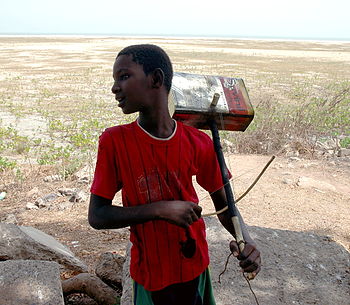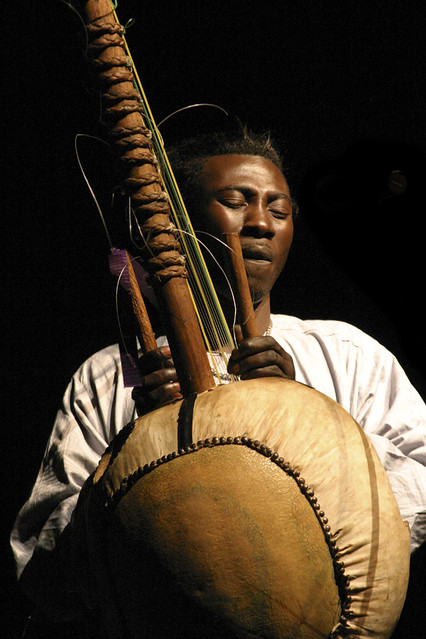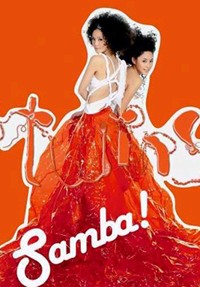Picture of a tiple (Photo credit: Wikipedia)
Everybody deeply appreciates the great treasure that is Colombian musical instruments, such as Colombian tiple, made in coral wood, with clear lines and awesome authentic color, with twelve metal strings arranged in four courses. Any professional or student guitarist will find it easy to use in Colombian folk music, and in many Latin American songs. Musicians can use it in Latin American folk jazz music, but also in original songs as well. Tiple's ethereal and clear sound is also used in classical guitar music creations.
Colombian Cuatro is concert grade guitar; it is made of slices and blocks from curly maple. It has a violin shape and has a great pitch accuracy and finish. The 'seis' is a hybrid of the cuatro and a supplementary sixth course tunes a fourth below the usual fifth bottom course. It is also a very popular Colombian musical instrument. This feature allows an expanded bass range. It can be used also for guitar intervals as well, and it makes a awesome music, It sounds like a guitar, but sweeter, faster and louder.
Original Colombian music instruments
Spanish and African traditions are strongly represented in Colombian music. Traditional quena, a kind of flute, and Spanish guitar are very popular. Colombian bandolina has fifteen strings and its sound is beautiful, sweet and clear. It is usually made by hand, of unexcelled quality. The marimba is another Colombian musical instrument; it looks like a xylophone and its keys are made in wood. The arpa is a local version of the harp, the guassa is a rattle. The songs from the Pacific coast are using drums and are tinged with Spanish influence. Due to the Spanish influence, piano music is also very popular in Colombia. The newest music style in Colombia is "valenato", based on the European accordion.
Many Colombian musical instruments are beautifully crafted, from the ancient times until our century. The charango, a kind of guitar made in wood, the vessel whistle, the erkencho, a kind of clarinet, the chirimia, an oboe, are carefully made and original Colombian folk music sounds great with them. There are six ethnic zones in Colombia; the music is a hybrid between Indian roots and Spanish traditions. In some regions, there is also a strong Negro influence. Guitars, flutes and drums are always necessary; in the Caribbean zone, the most important Colombian musical instrument is gaita, a kind of oboe. In Colombia, music is a tradition. There is a habit to pass folk songs from one generation to the other.
|




